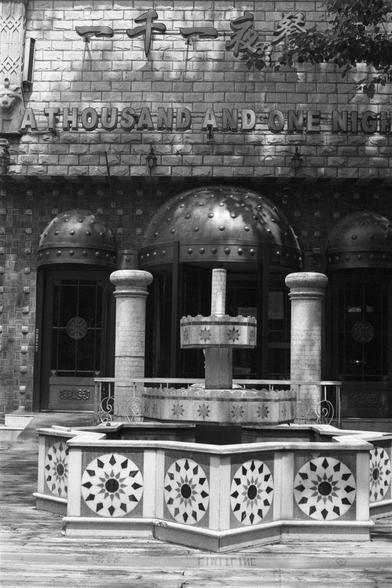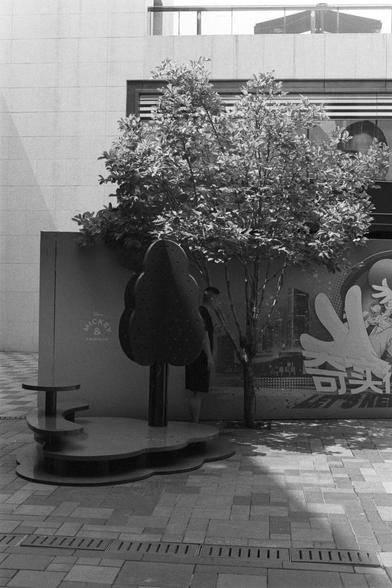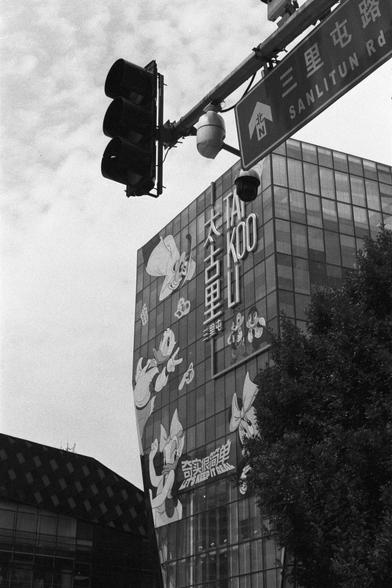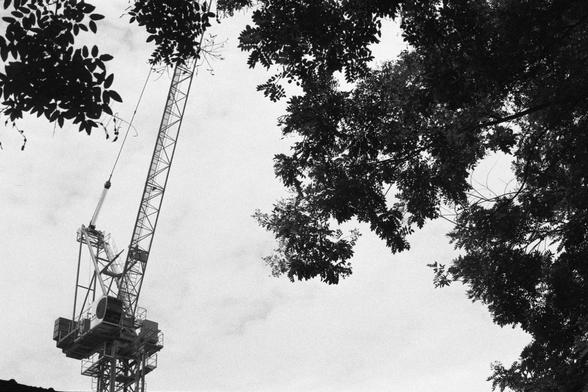2025-10-22 00:30:01
Moody Urbanity - Urban Geometry 📐
情绪化城市 - 都市几何 📐
📷 Pentax MX
🎞️ Kentmere Pan 400
#filmphotography #Photography #blackandwhite
2025-10-13 08:59:50
Crab-waist interaction region design and integration for the Super Tau-Charm Facility
Linhao Zhang, Tao Liu, Ye Zou, Penghui Yang, Demin Zhou, Jiancong Bao, Ze Yu, Yuhan Jin, Yihao Mo, Sangya Li, Tianlong He, Qing Luo, Jingyu Tang
https://arxiv.org/abs/2510.09198
2025-10-06 09:26:09
Missing Beats: Dark Matter Silences Short-Period Cepheids in the Galactic Center
Djuna Croon, Tim Linden, Jeremy Sakstein
https://arxiv.org/abs/2510.02641 https://
2025-09-29 08:17:37
Multi-Speaker DOA Estimation in Binaural Hearing Aids using Deep Learning and Speaker Count Fusion
Farnaz Jazaeri, Homayoun Kamkar-Parsi, Fran\c{c}ois Grondin, Martin Bouchard
https://arxiv.org/abs/2509.21382
2025-09-29 08:57:08
Engaging and Educating Eclipse Observers Through Workshops, Media, Planetarium shows and Citizen Science
Patricia H. Reiff, Carolyn T. Sumners, Charles H. Gardner, Amir Caspi, Sarah Kovac
https://arxiv.org/abs/2509.22348







